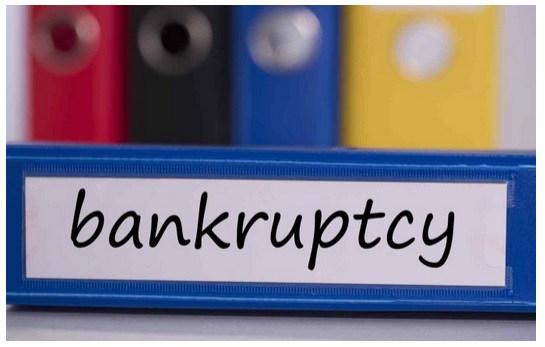 In most instances, the obligation remains to repay student loans despite filing Chapter 7 or Chapter 13 bankruptcy.
In most instances, the obligation remains to repay student loans despite filing Chapter 7 or Chapter 13 bankruptcy.
During a bankruptcy case, the debtor is exempt from collection on the student loan, this is called an Automatic Stay. The automatic stay immediately goes into effect upon the filing of the bankruptcy petition and prevents collectors from taking any action against the debtor to collect.
Interest continues to build, even during a pending bankruptcy. As a result, the ultimate balance for a student loan is higher with additional interest. In some situations, the interest on the loan may be excused. The type of bankruptcy filed combined with other factors determine whether interest is forgiven. Chapter 7 and Chapter 13 bankruptcies treat student loans differently.
In a Chapter 7 bankruptcy, a debtor’s assets are sold, and debts are paid from sales proceeds in accordance with a priority system of seniority. The priority scheme is set in the bankruptcy code and based upon the order of liens, rather than preferences of the debtor. The most senior debts may be the only debts repaid due to the larger number of debts compared to asset sale proceeds. Student loans are often classified as senior debts and are paid in first priority.
In Chapter 13, debtors enter into a reorganization plan and make payments over several years to repay a percentage of total debts. The Chapter 13 plan establishes new terms for the repayment of debts, and lenders must consent to the plan’s terms. While a complete discharge of a student loan is nearly impossible, it is probable that the loan will be restructured through the bankruptcy plan, and the borrower’s payments each month will be lowered to a more affordable sum.
While it would be nice to have Chapter 7 or 13 bankruptcy eliminate outstanding student loan debt, total discharge of that debt seldom occurs. More often, student loans are paid first as senior debts or paid through installments in Chapter 13.
*from a recent blog at attorneys.com
Find Bankruptcy Data
Our Bankruptcy file provides robust and comprehensive data including the most current data available combined with rich history as our records date back to 2002. We compile our database, which is over 20 million records today and contains a wide array of information such as filing dates, dismissals, discharges, Chapter 7 and Chapter 13.







